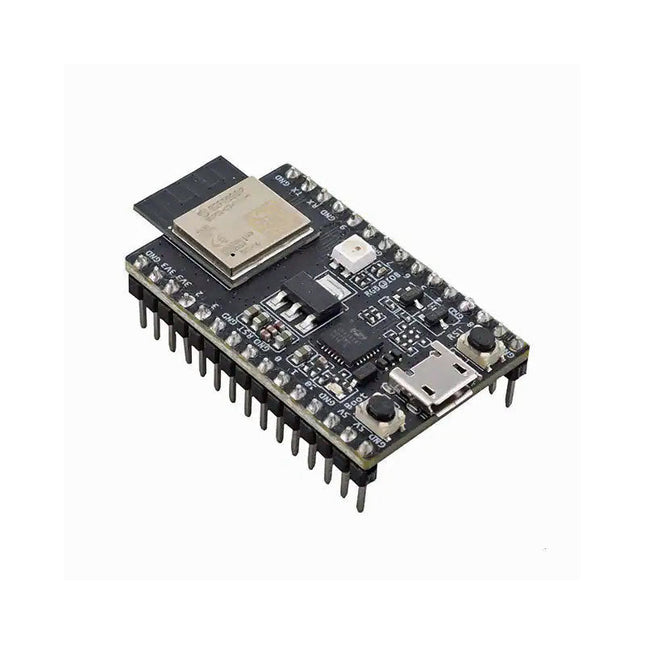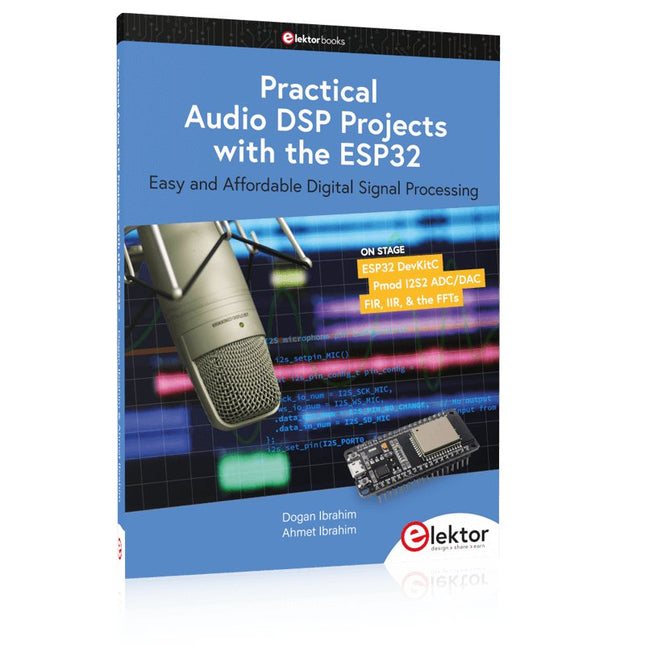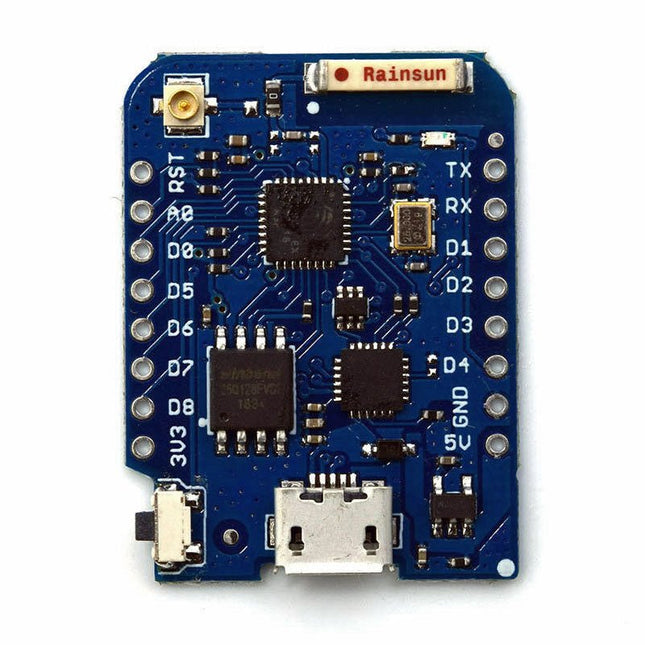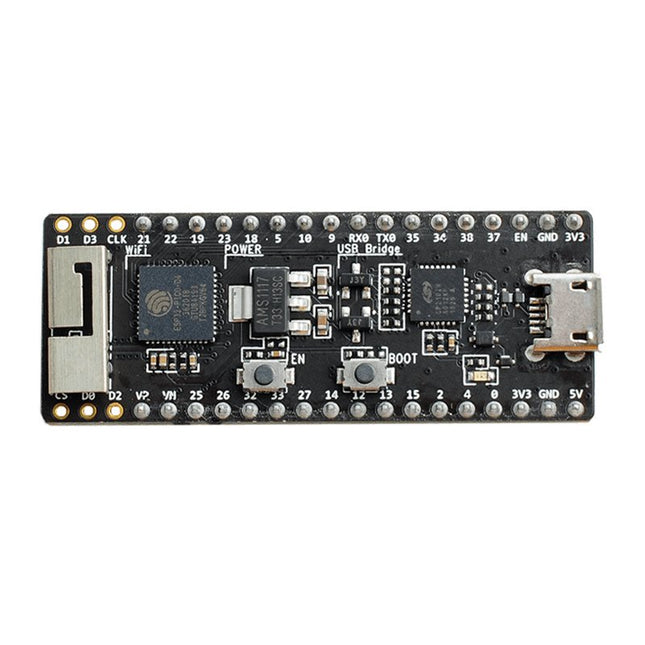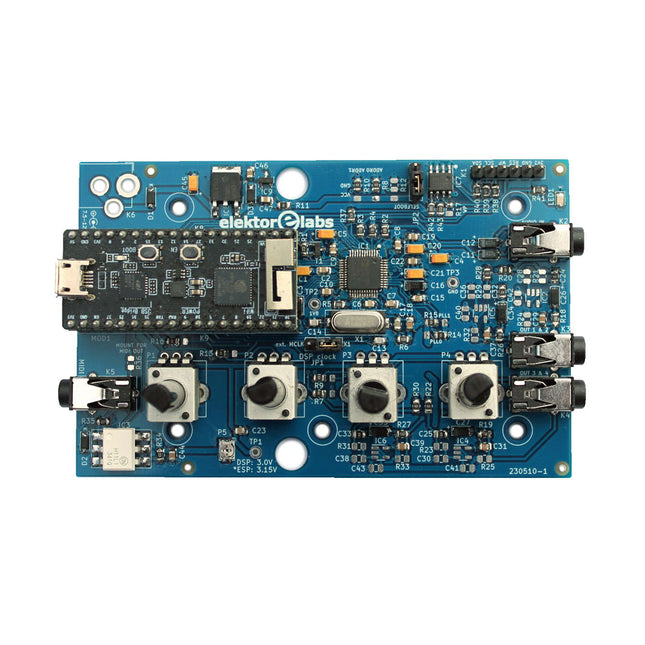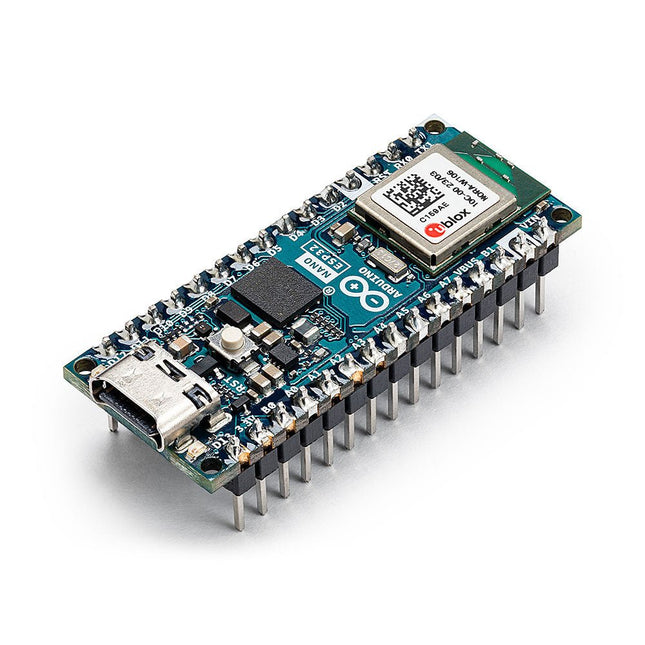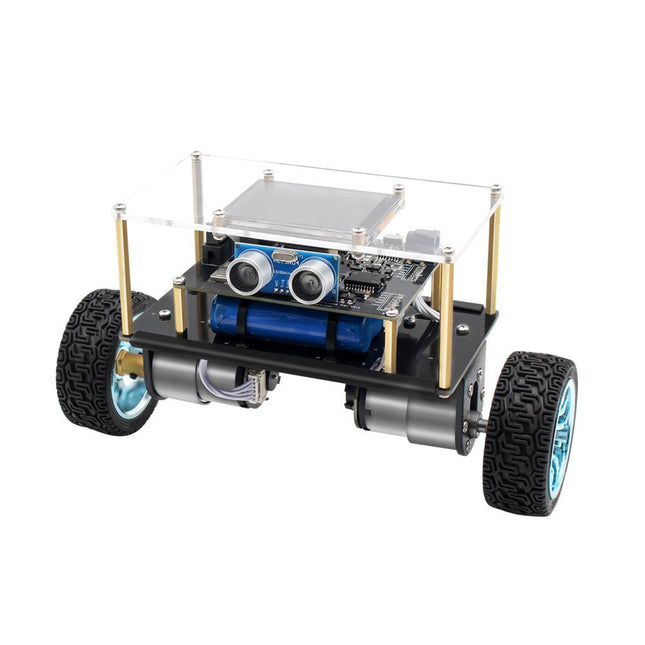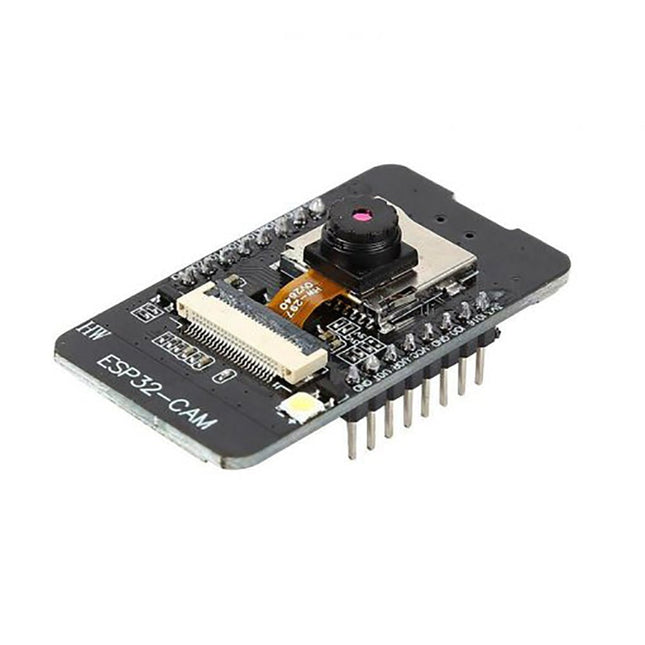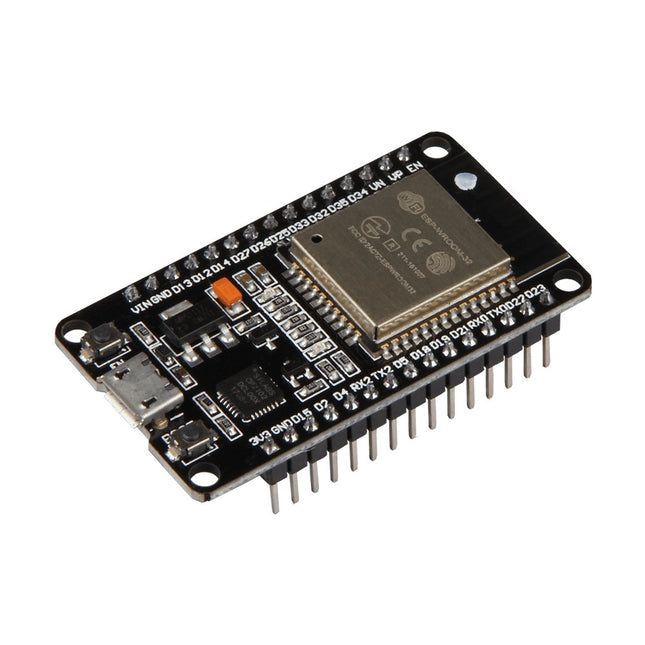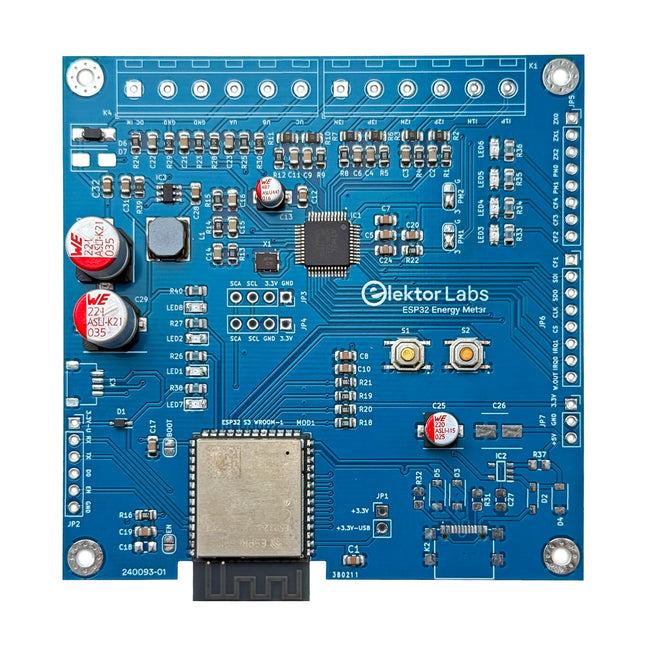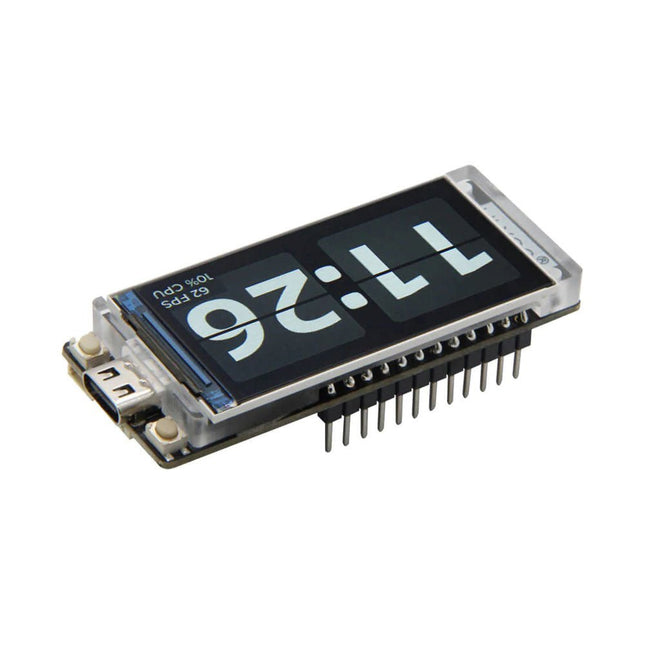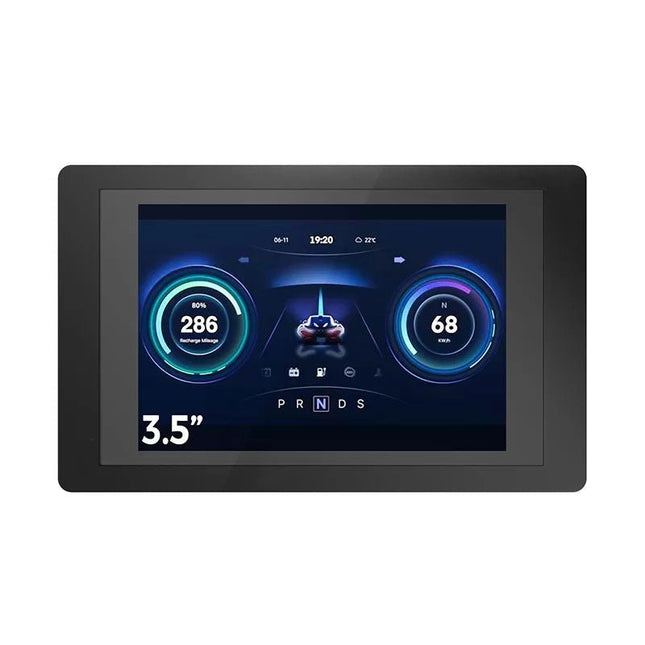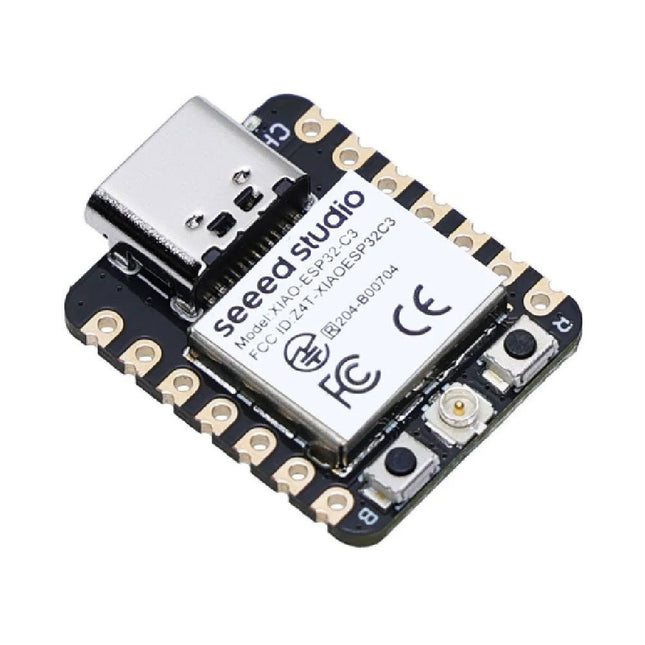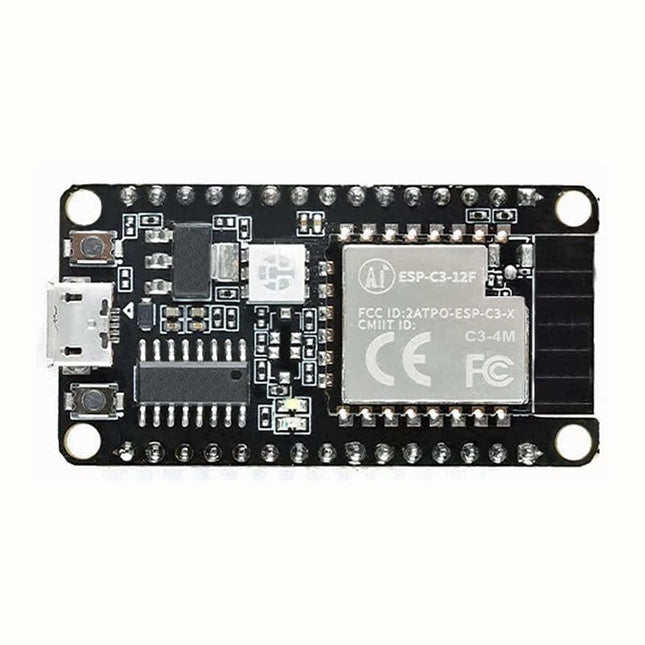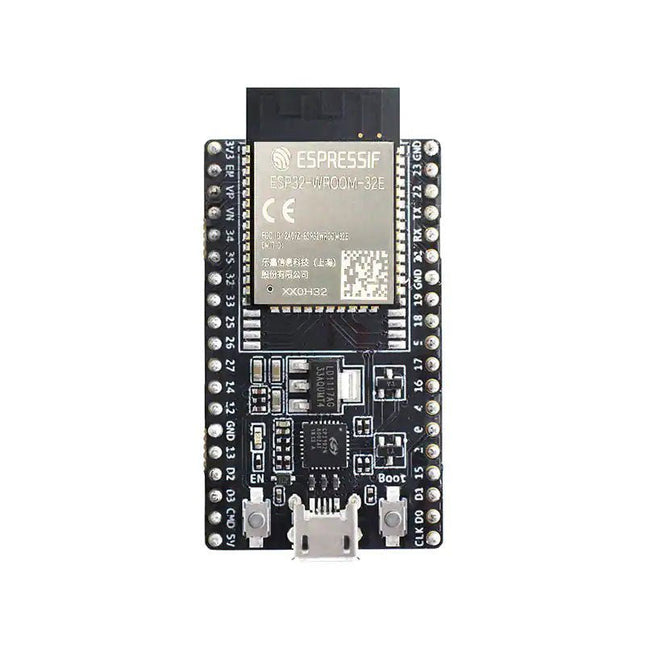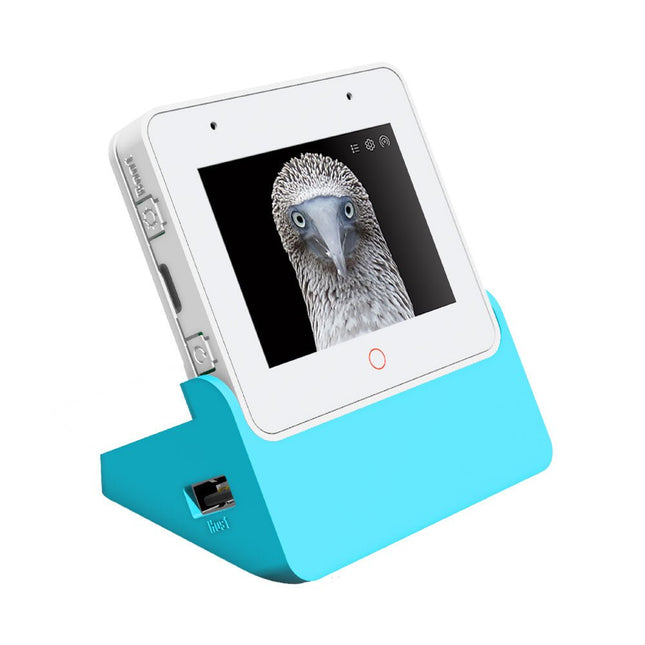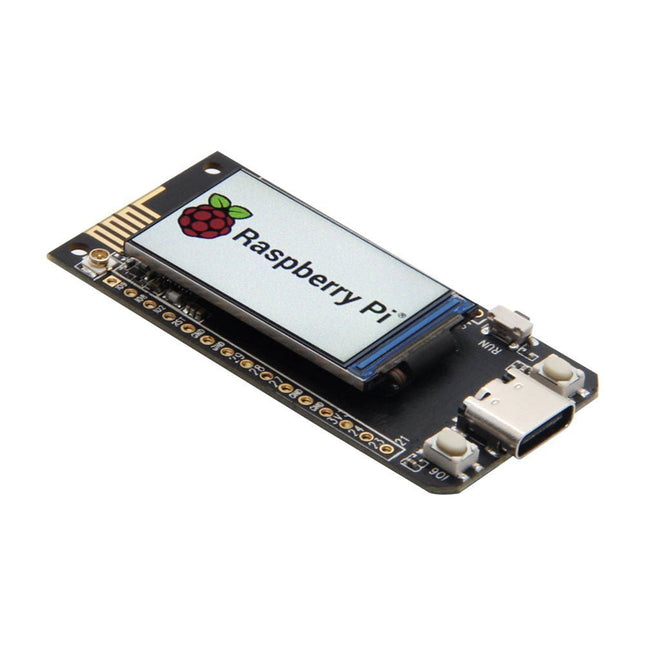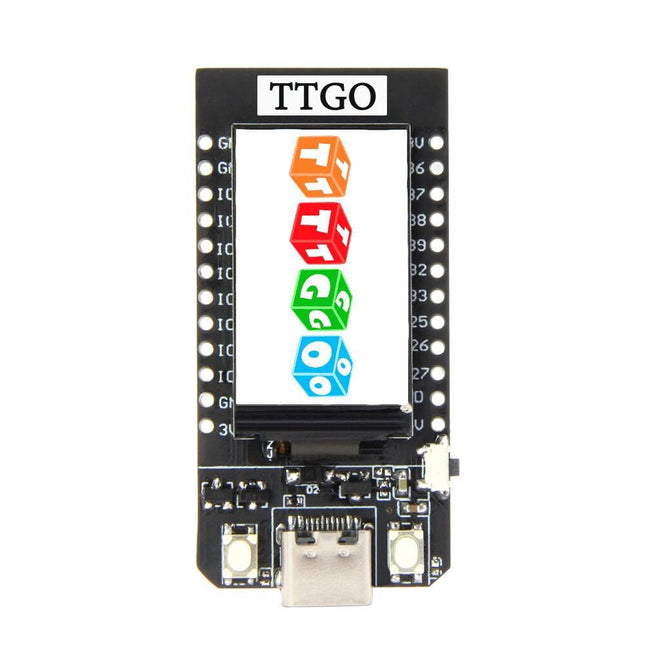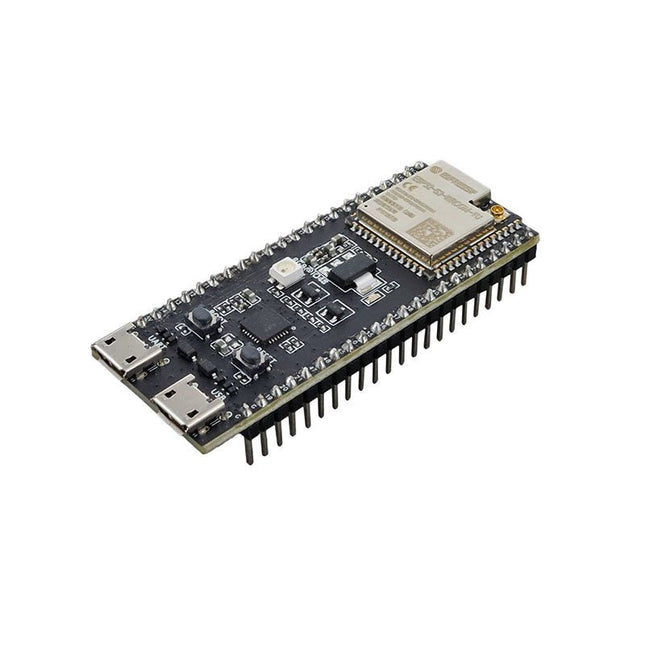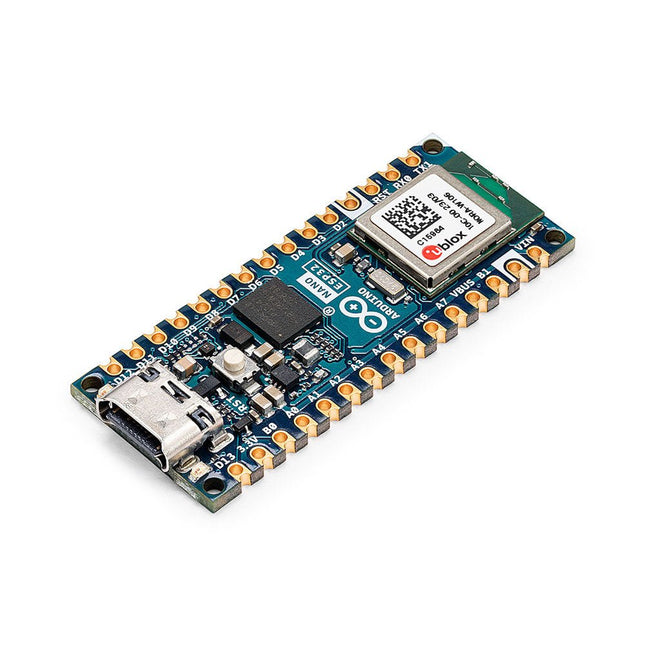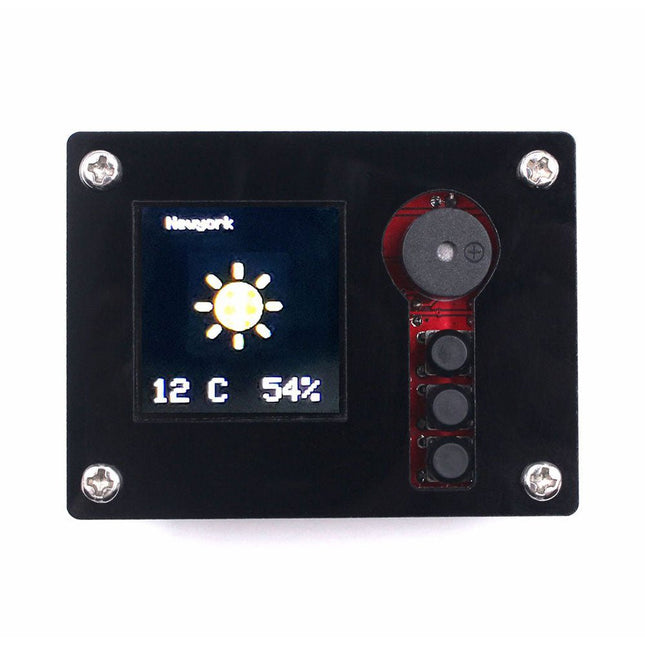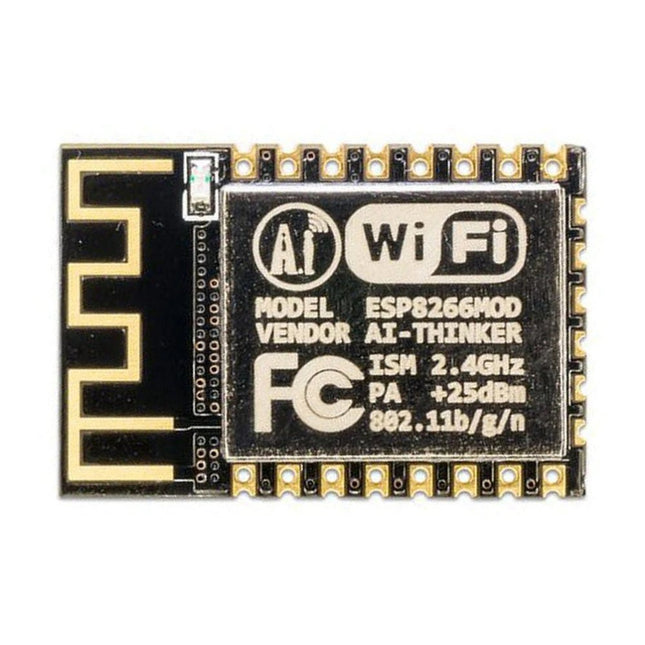Ben je bekend met ESP32 en ESP8266? Wat zijn de voordelen van een ESP32 of een ESP8266?
Espressif stimuleert IoT ontwikkeling met een complete serie veelzijdige, energiezuinige, en veilige Wi-Fi, Bluetooth, en combo chips. Populaire producten zijn de voordelige ESP8266 en ESP32 serie chips, modules, en ontwikkelingskaarten. Beide chips zijn uitgerust met een 32-bit CPU.
Kort nadat de ESP8266 uitkwam, verscheen ook NodeMCU, een goedkoop open-source IoT platform, waarmee de populariteit van deze Espressif producten werd verwacht. NodeMCU bevat de firmware die op de ESP8266 draait, en heeft het voordeel van laag stroomverbruik, uitgebreid geheugen, en ingebouwde Wi-Fi. Met deze toepassingen kun je betaalbaar apparatuur op afstand bedienen en bewaken.
Als je de draadloze mogelijkheden van de ESP32/ESP8266 niet nodig hebt, kun je hem ook gebruiken om ingangen en uitgangen te besturen zoals een Arduino. Je moet echter wel beseffen dat de Arduino 5-V logica gebruikt, de ESP32 en ESP8266 gebruiken 3.3-V logica, wat betekent dat Arduino voor veel beginners een mooie oplossing is.
De ESP32 is de opvolger van de ESP8266. Hij heeft onder andere een extra CPU-kern, snellere Wi-Fi, meer GPIO's, en mogelijkheden voor Bluetooth 4.2 en Bluetooth low energy. De ESP32 bevat ook aanraakgevoelige pinnen die gebruikt kunnen worden om hem uit een deep sleep mode te laten ontwaken.
De ESP32 chip heeft 48 pinnen met verschillende functies. Niet alle pinnen kunnen echter op de ESP32 ontwikkelingskaarten gebruikt worden. Om de pinout eenvoudiger en gemakkelijker te maken zijn pinnen met gelijksoortige functies bij elkaar gegroepeerd.
Wil je een ESP32, een ESP8266, of een aanverwant product?
Wat maakt de ESP32 en ESP8266 zo bijzonder? Met hun kleine PCB afmetingen leveren ESP32/8266 essentiële functionaliteit en diversiteit aan je projecten. En waarom zijn ze zo betaalbaar, ook al bieden ze een veelheid aan projectmogelijkheden? Het korte antwoord is dat de ESP32 en ESP8266 goedkoop te maken zijn. Behalve veel van de nu verkrijgbare ontwikkelingskaarten biedt Elektor ook een aantal ESP gerelateerde kits (b.v. ESP32 Weather Station Kit) en bundels (d.w.z. ontwikkelingskaarten gecombineerd met een boek), zoals de Elektor ESP32 Smart Kit Bundle.
Welke accessoires zijn er voor de ESP32 en ESP8266?
Het is niet gemakkelijk of praktisch om de ESP32 of ESP8266 chips te gebruiken voor testen en prototypen. Meestal voldoen ESP32 en ESP8266 ontwikkelingskaarten aan je eisen. Deze borden bevatten alle elektronica die nodig is om de chip van stroom te voorzien en op je computer aan te sluiten.
Je profiteert ook van een handige schakeling voor het uploaden van code, pinnen voor het aansluiten van randapparatuur, ingebouwde voedings- en controle-LED's, en andere handige functies. Bovendien biedt Elektor verschillende boeken over ESP32 en ESP8266, waaronder Getting Started with ESPHome, FreeRTOS for ESP32-Arduino, en The Complete ESP32 Projects Guide.
Waarom bij Elektor zoeken voor ESP32/ESP8266-gerelateerde producten?
Elektor stelt alles in het werk om zijn klanten de juiste hulpmiddelen te bieden voor het bouwen van fraaie projecten. Behalve een verscheidenheid aan handige ESP32/ESP8266-gerelateerde toepassingen, biedt Elektor boeken en artikelen die je helpen bij het ontwikkelen van nieuwe projecten en het opwaarderen van je vaardigheden als technicus. Veel van de originele projecten van ons eigen team van technici bevatten deze technologieën.
Lees meer over ESP32 chips op Elektor Magazine
